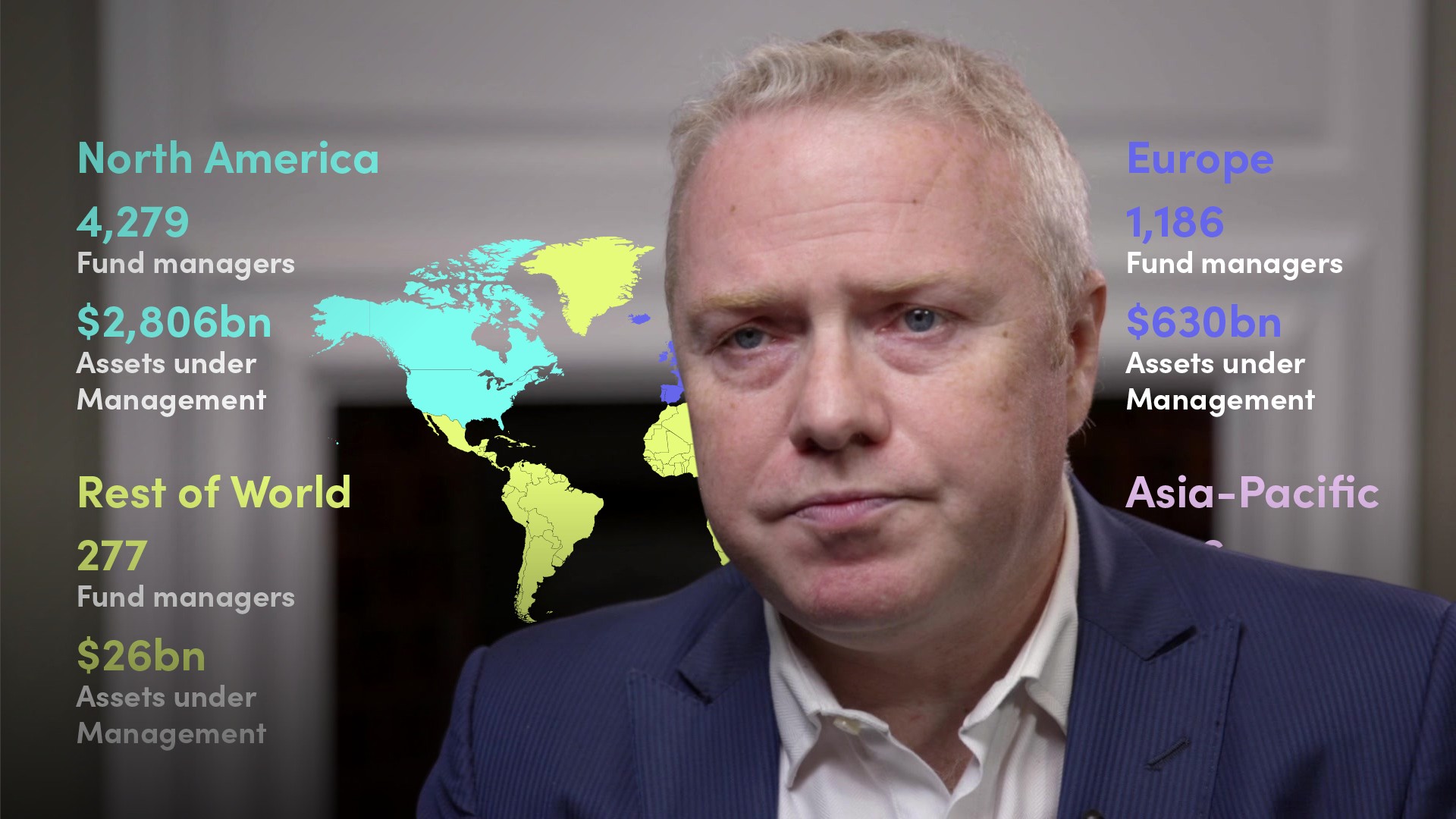
Introduction to Hedge Funds

Trevor Pugh
20 years: Trading & hedge funds
In the first video of this introductory series on Hedge Funds, Trevor identifies the factors associated with a hedge fund - its use of short selling and leverage. And then provides a brief history along with the market today.
In the first video of this introductory series on Hedge Funds, Trevor identifies the factors associated with a hedge fund - its use of short selling and leverage. And then provides a brief history along with the market today.
Subscribe to watch
Access this and all of the content on our platform by signing up for a 7-day free trial.

Introduction to Hedge Funds
6 mins 11 secs
Key learning objectives:
Define a hedge fund
Understand how hedge funds developed
Identify the strategies hedge funds use
Overview:
The hedge fund industry developed in the 1950s to become a significant part of financial markets today. Hedge funds differ to more traditional funds in their use of leverage as well as their ability to short sell. They tend to charge both a management fee as a percentage of assets under management and a performance fee which is a percentage of profits. They operate a variety of strategies which focus on everything from big picture macroeconomic themes to relative value and arbitrage strategies.
Subscribe to watch
Access this and all of the content on our platform by signing up for a 7-day free trial.
What defines a hedge fund?
The two main factors are the use of short selling and leverage. Traditional funds tend to be ‘long only’ funds which, as the name suggests, can only have a long position in any security. Hedge funds can take long or short positions in securities. This allows the fund to make returns irrespective of whether the overall market is going up or down. In other words, they are focused on the generation of alpha or absolute return, rather than beta.
The second factor that we commonly find in hedge funds is the use of leverage. Put simply, this is the use of borrowed money to finance a position in a security, generally using the security itself as collateral for the loan. This has the impact of multiplying gains and losses.
How did hedge funds develop?
The creation of the first hedge fund is credited to a man named Arthur Winslow Jones in 1949. By selling shares to offset the risk of other shares he had purchased, he was able to create a ‘hedged’ position, removing the element of beta or outright market risk from the trade. This allowed him to focus on value by identifying rich and cheap shares and selling or buying them respectively. He also used leverage or borrowing to increase the size of position he could take. Also, by limiting the number of investors, Jones could avoid certain regulatory issues and he charged a fee of 20% of all profits, with no management fee. Following the success of Jones, many other funds were launched in the late 1960s and 1970s onwards.
What strategies do hedge funds use?
Macro strategies take a view on the overall macroeconomic picture in the economy. They use a variety of financial instruments to express their view, such as bonds and foreign exchange. Relative-value strategies are at the opposite end of the spectrum, focusing on small value differentials between securities. Other strategies include credit, equities and event-driven. Over recent years the most growth has been seen in credit and equity funds, with macro funds lagging a little.
Subscribe to watch
Access this and all of the content on our platform by signing up for a 7-day free trial.

Trevor Pugh
There are no available Videos from "Trevor Pugh"



























